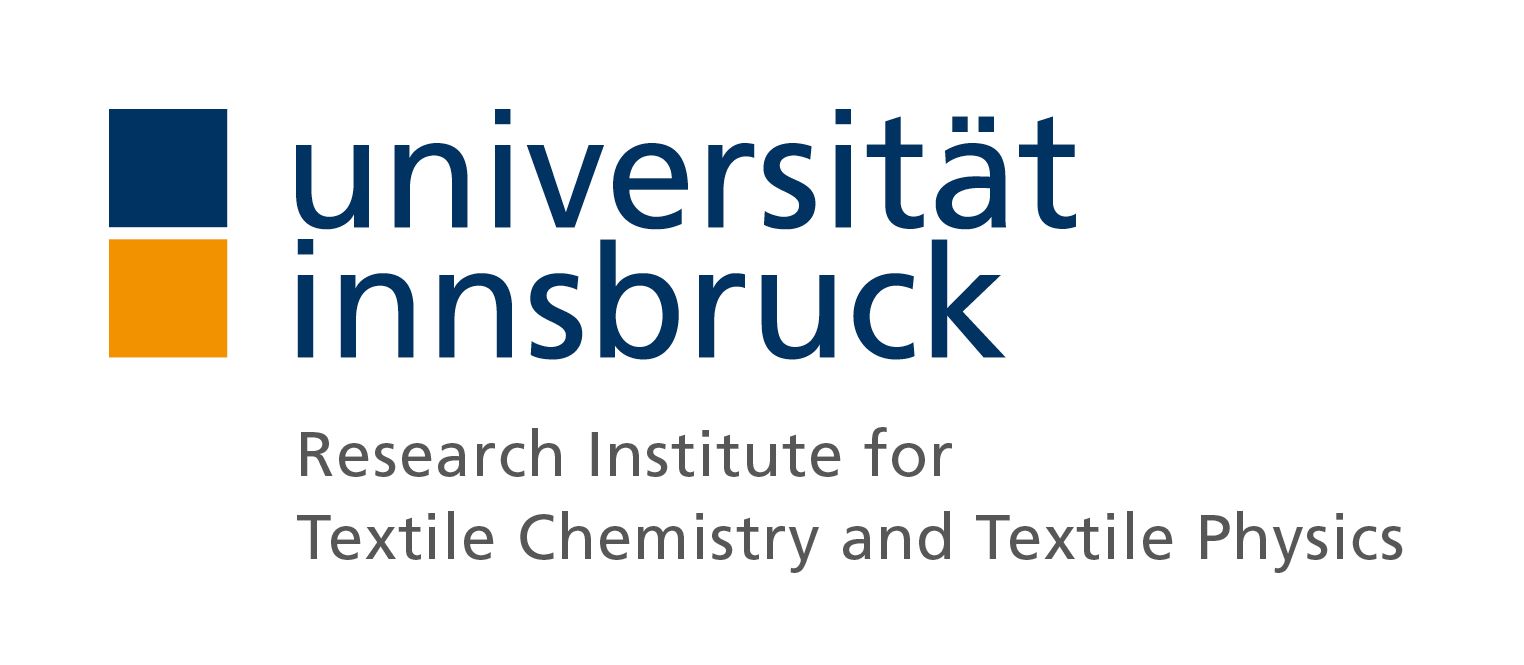
University of Innsbruck
Research Institute for Textile Chemistry and Textile Physics
Hoechsterstrasse 73
6850 Dornbirn, Austria
The Research Institute of Textile Chemistry and Textile Physics is part of the Faculty of Chemistry and Pharmacy at the University of Innsbruck.
It is located in Dornbirn, Vorarlberg — approximately 180 km from the university’s main campus in Innsbruck — in the Austrian Alps and Lake Constance region, where a significant portion of the Austrian textile industry is based.
The Institute offers approximately 1000 m2 of office and laboratory space and has been designated as Key Enabling Technologies Center (KETs). It is also part of the University of Innsbruck’s Advanced Materials Platform, which provides access to additional infrastructure. The Institute currently focuses on three primary research areas: polymer interfaces and hybrids, advanced functional materials for energy conversion and storage, and sustainable textile concepts for textile circularity. The Institute has conducted extensive research on textile-based 3D porous electrodes for electrochemical energy storage systems, providing a solid base for doctoral research.
Main tasks in SPACER
- Characterization of potential precursor and carbon fibre materials.
- Investigations on 3D fibre placement processes for electrode production using embroidery-based techniques to achieve optimised electrode structures.
- Construction of 3D fibre electrodes with planned area size 20-cm2 scaling-up to 300 cm2 and optimized fibre types and fibre arrangements for uniform electrolyte flow and current distributions – special emphasis on cellulosic materials as bio-based precursor as replacement of petroleum-based precursors.
- Electrochemical characterization of electrode materials.

»We are participating in the SPACER project to contribute our expertise in 3D carbon fibre electrode processing and fibre characterization, supporting the development of next-generation porous electrodes for redox flow batteries.«
Dr. Noemí Aguiló Aguayo

